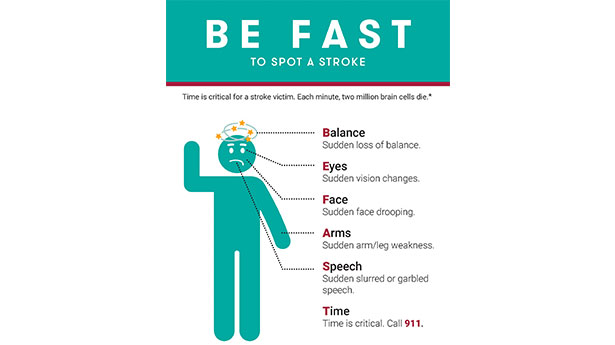In the Sutter Health network, we’ve made stroke and neurovascular care a top priority. Our comprehensive Stroke Care Centers provide nationally recognized neurovascular and neurocritical care and rehabilitation, and we’re at the forefront of clinical care and research.

In the Sutter network, you’ll have access to a number of different treatments and ways mitigate the chance of stroke, such as:
- Aneurysm coiling and clipping – This surgery strengthens a brain aneurysm, a weak area in a blood vessel wall, by clipping or coiling and stenting the aneurysm
- Carotid angioplasty and stent placement – This minimally invasive, outpatient procedure involves inserting a small catheter into the carotid artery to increase blood flow.
- Cerebral endarterectomy – This minimally invasive procedure restores proper blood flow through the carotid arteries to the brain.
- Stents – These tiny tubes can be placed in arteries and blood vessels to help improve blood flow and hold the structure open.
- Thrombolytic (tPA) Therapy – Using a series of drugs, this therapy breaks up or dissolves blood clots to lessen the chance of heart attack and stroke.
Want to BE FAST when you need to spot a stroke? Learn the signs of a stroke and how to identify it quickly to help people get the care they need. Remember, time is critical for a stroke victim. Each minute, two million brain cells die. Don't stop by just educating yourself, Sutter's BE FAST educational materials can be downloaded, printed, and hung up in your school, office, or even around the home.
Stroke Care and Recovery
Quick treatment and a clear path to recovery can mean all the difference after a stroke. Our Continuum of Care Infographic (PDF) illustrates the potential paths of recovery most patients face when first receiving care and recovering from a stroke.














